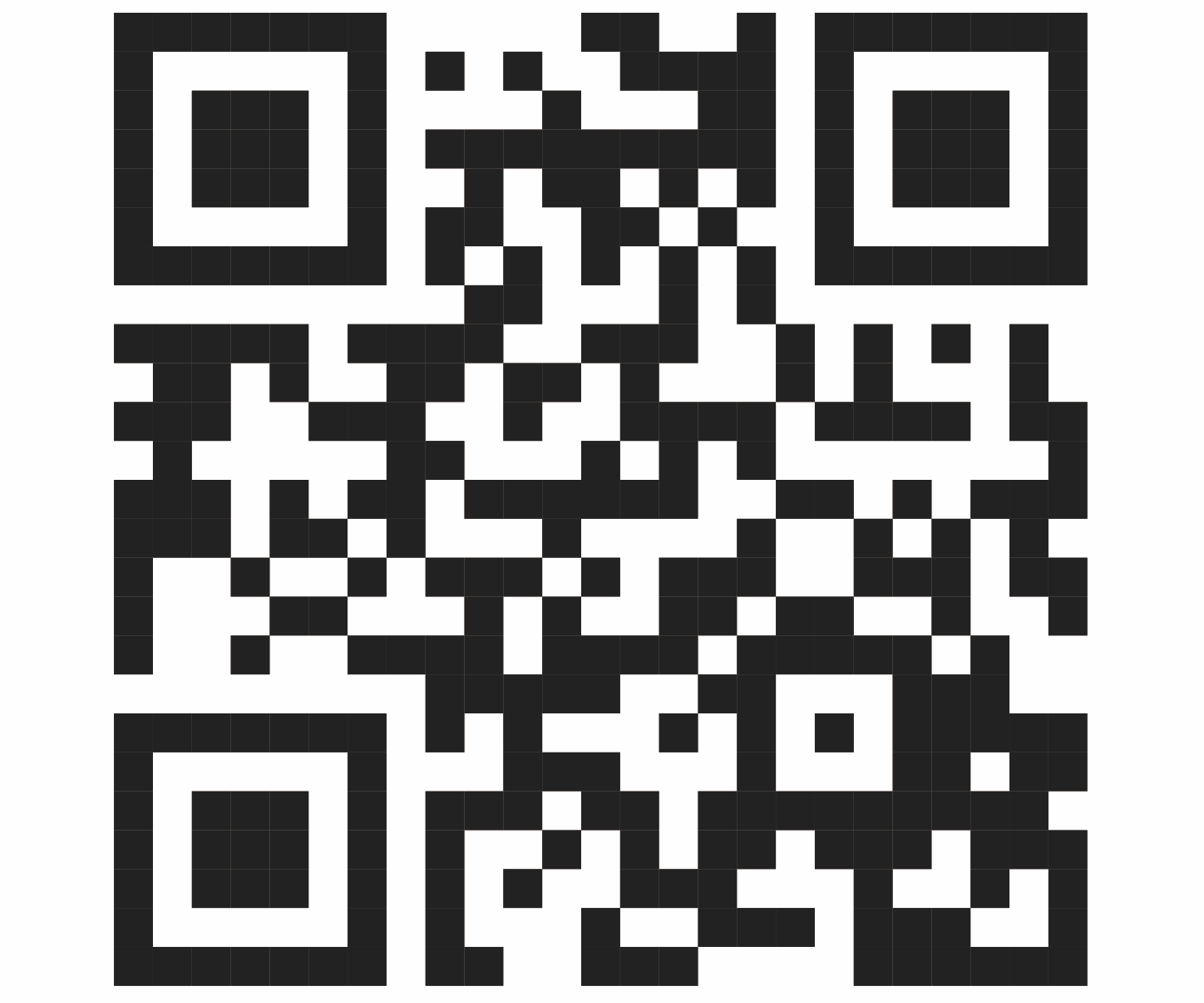KARAKTER MORFOLOGI DAN ANATOMI PISANG DIPLOID DAN TRIPLOID
Abstract
Indonesia is the center of origin of bananas, and also the center of diversity with approximately more than 325 banana cultivars were found in Indonesia. The anatomical feature is essential as a basis for classification as well as the morphological feature. This research aimed to describe the morphological and anatomical characteristics of diploid Musa balbisiana and triploid Musa paradisiaca 'Kepok' bananas. Morphological characterizations were conducted according to the IPGRI descriptors for bananas (Musa spp.). Musa paradisiaca 'Kepok' was collected from Pontianak West Kalimantan and Musa balbisiana was collected from Nipah Panjang village Kubu Raya district West Kalimantan. The root, petiole, and leaf were dissected from banana samples for anatomical preparation. The microscope slide was prepared using paraffin method, stained with 1% safranine and 1% alcian blue. The anatomical characteristics of root and petiole of diploid Musa balbisiana and triploid Musa paradisiaca 'Kepok' were considerably similar. The difference between diploid and triploid banana leaf anatomy was the number of hypodermal layers. These sort of anatomical characterization could be applied as a reference for banana cultivars breeding.
Keywords
Full Text:
PDFReferences
Ahmad F, Megia R, Poerba YS. 2014. Genetic diversity of Musa balbisiana Colla in Indonesia based on AFLP marker. Hayati Journal of Biosciences. 21(1):39-47. https://doi.org/10.4308/hjb.21.1.39
Beck C. 2010. An Introduction to Plant Structure and Development. Cambridge (Second Edi). New York: Cambridge University Press. https://doi.org/10.1017/CBO9780511844683
Evert R. 2006. Esau' s Plant Anatomy: Meristems, Cells, and Tissues of The Plant Body: Their Structure, Function and Development (Third Edit). Canada: John Wiley & Sons.
Hapsari L. 2014. Wild Musa species collection of Purwodadi Botanic Garden: Inventory and its morpho-taxonomic review. Journal of Tropical Life Science. 4(1): 70-80 https://doi.org/10.11594/jtls.04.01.12
Hapsari L, Lestari DA. 2016. Fruit characteristic and nutrient values of four Indonesian banana cultivars (Musa spp.) at different genomic groups. Agrivita. 38(3): 303–311. https://doi.org/10.17503/agrivita.v38i3.696
Harijati N, Azrianingsih R, Prawaningtyas EA. 2013. The Study of Anatomy and Fiber Banana Leaf as a Potensial Wrapping. American Journal of Plant Science, 4, 1461–1465.
https://doi.org/10.4236/ajps.2013.47179
International Plant Genetic Resources Institute. 1996. Description for Bananas (Musaspp). IPGRI, Rome
Johansen DA.1940. Plant Microtecniques. London: Mc-Graw Hill Book Co. Inc
Liu AZ, Kress WJ, Li DZ. 2010. Phylogenetic analyses of the banana family (Musaceae) based on nuclear ribosomal (ITS) and chloroplast (trnL-F) evidence. Taxon. 59 (1): 20-28.
Megia R. 2005. Musa sebagai model genom. Hayati 12:167-170. https://doi.org/10.1016/S1978-3019(16)30346-1
Padoan D, Mossad A, Chiancone B, Germana MA, Khan PSSV. 2013. Ploidy levels in Citrus clementine affects leaf morphology, stomatal density and water content. Theoretical and Experimental Plant Physiology. 25(4): 283-290. https://doi.org/10.1590/S2197-00252013000400006
Retnoningsih A .(2009). Moleculer based classification and phylogenic analysis of Indonesian banana cultivars. [dissertation]. Bogor Agricultural Institute. Bogor.
Rundel PW, Sharifi MR, Gibson AC, Esler K J. 1998. Structural and physiological adaptation to light environments in neotropical Heliconia (Heliconiaceae). Journal of Tropical Ecology. 14(6): 789–801. https://doi.org/10.1017/S0266467498000571
Shokefun EO, Ayodele AE, Akinloye AJ. 2016. Systematic importance of leaf anatomical characters in some species of Microcos Linn. Section Eumicrocos Burret. in Nigeria. American Journal of Plant Sciences. 7: 108-117. https://doi.org/10.4236/ajps.2016.71012
Skutch AF. (1930). Unrolling of Leaves of Musa sapientum and Some Related Plants and Their Reactions to Environmental Aridity. Botanical Gazette. 90(4): 337–365. https://doi.org/10.1086/334109
Silva NK, Agra MF. 2011. Leaf epidermal characters of Solanum sect. Polytrichum (Solanaceae) as taxonomic evidence. Microscopy research and technique. 74: 1186–1191 https://doi.org/10.1002/jemt.21013
Simmonds NW, Shepherd K. 1955.The taxonomy and origins of the cultivated bananas. Journal of Linnean Society Botany. 55: 302–312. https://doi.org/10.1111/j.1095-8339.1955.tb00015.x
Simmonds NW. 1966. Bananas. New York: Longman Inc
Sulistyaningsih LD, Megia R, Widjaja EA. 2014. Two new record of wild bananas (Musa balbisiana and Musa itinerans) from Sulawesi. Makara J Sci. 18 (1): 1-6.
Sumardi I, Wulandari M. 2010. Anatomy and morphology character of five Indonesian banana cultivars (Musa spp.) of different ploidy level. Biodiversitas, 11(4), 167–175. https://doi.org/10.13057/biodiv/d110401
Tomlison PB. (1969). Anatomy of monocotyledons. Clarendron. Oxford.
Article Reads
Total: 17899 Abstract: 3831 PDF: 14068Refbacks
- There are currently no refbacks.

This work is licensed under a Creative Commons Attribution-ShareAlike 4.0 International License.
This website is maintained by:
Bio Publisher
The Faculty of Biology Publishing
Faculty of Biology
Universitas Jenderal Soedirman
Jalan dr. Suparno 63 Grendeng
Purwokerto 53122
Telephone: +62-281-625865
Email: biologi@unsoed.ac.id
T his website uses:
OJS | Open Journal System
A free journal management and publishing system that has been developed by the PKP (Public Knowledge Project) version 2.4.8.0.
All article content metadata are registered to:
Crossref
An official nonprofit Registration Agency of the International Digital Object Identifier (DOI) Foundation.
Articles in this journal are indexed by:









